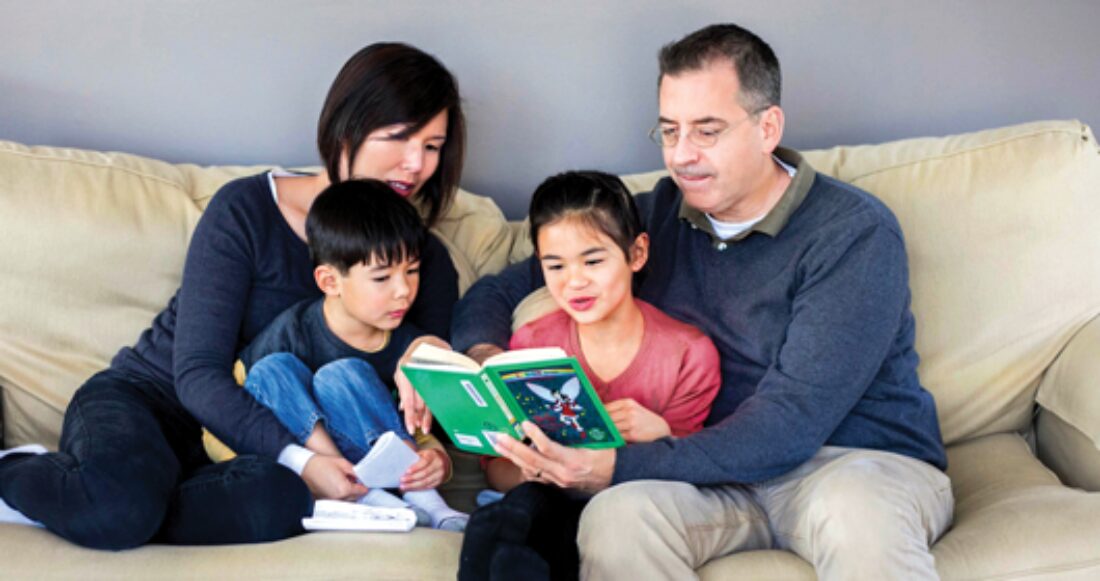Official Poverty Measure Fails to Provide an Accurate Assessment of Anti-Poverty Programs

A report released today by the Annie E. Casey Foundation shows that the federal government’s official poverty measure created in the 1960s uses outdated information on how U.S. families are faring today, failing to illustrate the effect of programs designed to help them.
The new KIDS COUNT® Data Snapshot, Measuring Access to Opportunity in the United States, points to a better index for measuring poverty – the Supplemental Poverty Measure (SPM) – which captures the effect of safety net programs and tax policies on families. By using the SPM, researchers have determined that the rate of children in poverty has declined from 33% to 18% as a result of these programs and policies.
“The official poverty measure does not provide the accurate information policymakers need to measure the success of anti-poverty programs – nationally and at the state level,” said Patrick McCarthy, president and CEO of the Annie E. Casey Foundation. “Relying on this tool alone prevents policymakers from gauging the effectiveness of government programs aimed at reducing child poverty. Given that child poverty costs our society an estimated $500 billion a year in lost productivity and earnings as well as health- and crime-related costs, the SPM is an important tool that should be used to assess state-level progress in fighting poverty.”
The Supplemental Poverty Measure, created by the U.S. Census Bureau in 2011, factors in the impact of a number of social programs such as the Supplemental Nutrition Assistance Program (SNAP) and the Earned Income Tax Credit (EITC) and takes into account rising costs and other changes that affect a family’s budget. The SPM also provides a more accurate assessment of poverty levels on a state and regional basis. It helps illustrate, for instance, the variations in the cost of living and the impact of federal programs from one state to the next.
Measuring Access to Opportunity in the United States provides national and state-by-state data using the SPM to show the effect of a variety of resources to help low-income families. In a striking departure from official poverty rate data, the SPM shows that California has the highest child poverty rate, followed by Arizona and Nevada.
Similar to the official poverty measure, the SPM shows that poverty rates among Latinos (29%) and African Americans (29%) were approximately three times higher than that of white children (10%).
In every state, anti-poverty programs tracked by the SPM have led to a reduction in the child poverty rate. Because federal benefits are not adjusted for differences in regional costs of living, they are likely to have a more significant impact in states where the cost of living is relatively low. States and localities also vary in their contribution to the safety net programs and tax policies that can help move children out of poverty. These federal and state programs and policies helped cut the child poverty rate by more than 20 percentage points in Kentucky, Mississippi and the District of Columbia. States where government intervention has had a lesser effect on decreasing child poverty include North Dakota, New Hampshire and Alaska.
“Continued investment in the development of the SPM can ensure our resources are directed in ways that give our children the best opportunity to succeed,” said Laura Speer, the Foundation’s associate director, policy reform and advocacy. “It’s critical that we look beyond just the federal poverty rate to evaluate the success of important social programs.”
Measuring Access to Opportunity in the United States follows the Casey Foundation’s 2014 report, Creating Opportunity for Families: A Two-Generation Approach, which outlined additional recommendations for helping families raise themselves out of poverty that include:
- Expanding access to high-quality early education;
- Changing tax credit policies to help families keep more of what they earn;
- Expanding and streamlining food and housing subsidies; and
- Developing approaches that link programs for kids – like Head Start – with programs for their parents, such as education and job training.
Download Measuring Access to Oppprtunity in the United States





